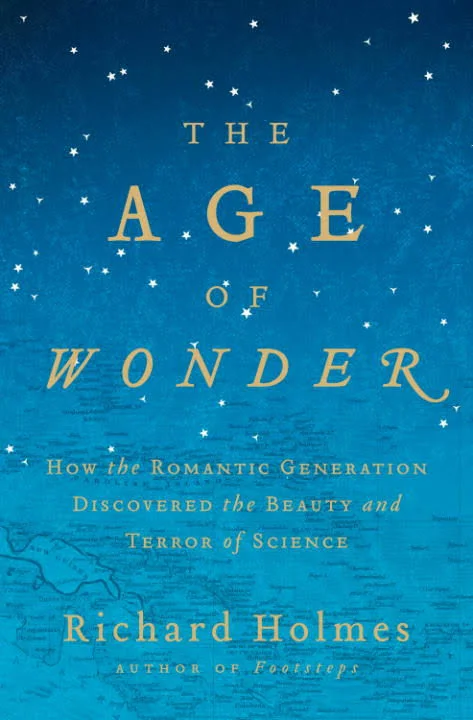Richard Holmes' THE AGE OF WONDER: How the Romantic Generation Discovered the Beauty and Terror of Science
Book review by Dennis D. McDonald
This book covers the development of British science from the time of Cook’s famous voyage (which stopped at Tahiti) up to Darwin’s Beagle voyage. It concentrates on a few key luminaries (the Herschels, Davy, Mungo Park, Faraday, Banks) and at the same time explores the relationship, sometimes synergistic, between art and science.
The author does much more than recite famous findings and mythical “Eureka!” moments. Instead, he interweaves tales of the plodding nature of experimentation and observation with personal relationships, societal developments, thoughts about religion, personal rivalries, and the clear advantages that moneyed upper classes had in pursuing scientific work. Still, he never loses sight of the science. The tales of William and Caroline Herschel’s astronomical work is especially enthralling.
Also fascinating is the negative perspective of the dangers of science as represented by Mary Shelley’ Frankenstein; or, The Modern Prometheus. The much-accepted intermingling of science, art, and literature addressed in this section is quite telling and makes one wonder why there is not more cross-fertilization today. Or perhaps it would be more correct to say that there actually is more intermingling of art and science today than ever before simply because the tools of creation are so technologically dependent.
Review copyright (c) 2011 by Dennis D. McDonald


